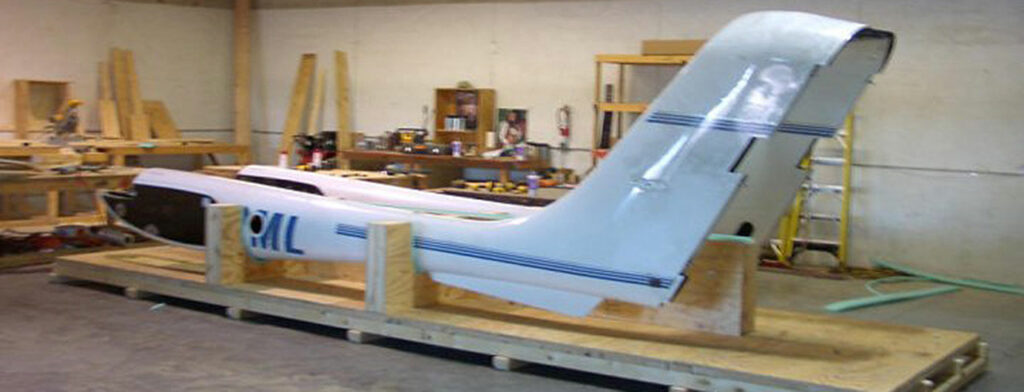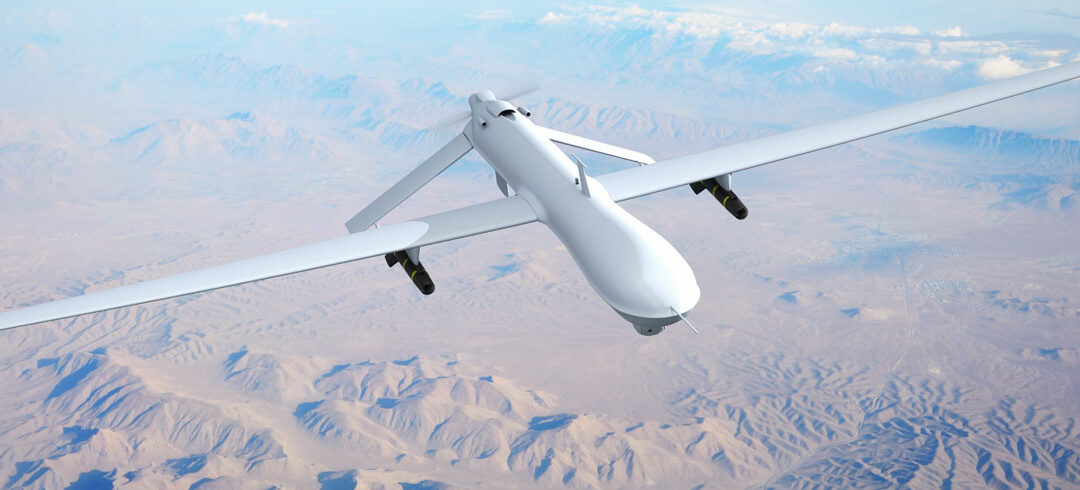It is remarkable how quickly unmanned aircraft systems (UAS) have gone from a technical marvel to a tool widely used in many industries. Also called unmanned aerial vehicles (UAV) or drones, you’ll find them providing an airborne perspective in a wide range of environments, including:
- Architecture
- Construction
- Agriculture
- Military
- Environmental conservation
- Media and entertainment
Whether they produce still photos, live video feeds, or both in these roles, their contribution to the success of projects and ongoing initiatives can be a true game changer. Even so, there is some irony in the fact that unmanned aircraft systems, which are incredibly nimble and can fly just about anywhere, still often have to travel by truck, ship or other mode of transport to get to where they will be used.
Drones contain sensitive technology and can cost anywhere from hundreds to thousands to millions of dollars in the case of the most advanced military unmanned aerial vehicles. Consequently, it is important that they be handled with care and by a company that excels at specialized packing, crating and shipping, and is trusted by companies and organizations to transport these valuable assets.
6 Key Considerations for Shipping Unmanned Aircraft Systems
If you have been tasked with getting your organization’s drones from one place to another, keep the key considerations below in mind.
- Handle a UAV’s power sources properly. Unmanned aerial vehicles are typically battery powered, with some more advanced drones augmenting that power with hydrogen fuel cells to enable them to stay airborne for an extended period. Whatever type(s) of power your vehicle uses, it is vital that you handle fuel sources carefully and appropriately, as they may meet the definition of “hazardous materials” that many carriers use. That often means removing them from the UAV, packing them properly, transporting them separately, and completing appropriate hazmat documentation.
- Understand your unmanned aircraft system’s specific sensitivities. Each type and size of drone has its own unique instrumentation and other features. Knowing where and how a drone is susceptible to damage enables you address those vulnerabilities and ensure those areas in particular are protected from damage.
- Use the right shipping container. The type of container you select in consultation with your specialty shipping company will depend on multiple factors, including the size, shape and weight of the drone, its destination and the route to it, etc. For example, tri-wall corrugated containers may provide sufficient protection for smaller vehicles. On the other hand, a larger UAS will likely require a custom-engineered wood crate. And if you ship drones regularly, a reusable wood crate with hinges and a ramp for loading may be the right option. The key is to carefully consider the hazards your UAS will face during transport and address them with your packaging strategy. In any event, it is important to have a container that is large enough to accommodate the vehicle, but small enough that the device can easily be cushioned and supported. Also, wood crates that will be traveling to other countries will have to have the ISPM 15 “bug stamp”—the indicator that they have been specially treated to ensure the wood does not contain pests that can lead to an infestation at the destination location.
- Use the right packaging materials. Not only do you need to protect your UAS from shock and vibration during shipping, you also may want to shield certain components from static electricity and/or corrosion caused by moisture in the air, particularly on ocean voyages. There are specialized bags and barriers designed for those purposes.
- Learn about applicable regulations. In some instances, there may be rules and regulations that cover the transporting of drones. Here again, hazmat requirements may come into play, depending on the type of fuel(s) the vehicle uses. A specialty crating and shipping company like Craters & Freighters can provide some insight on those requirements, but you should also do your own research to be sure you stay within the law.
- Insure your unmanned aircraft system. At Craters & Freighters, we can typically provide cargo insurance to cover your UAS. Or, you may choose to insure it yourself. Either way, it is important to have coverage. While every precaution is taken to make sure your vehicle arrives safely at its destination, there are always variables that are outside of anyone’s control. And should an incident occur, you want to be certain you are compensated for any loss.

Choosing the Right Shipping Services for Your UAS
Another step in coordinating the shipping of an unmanned aircraft system is deciding on the right shipping services. For example, Craters & Freighters offers a number of transportation modes, shipping speeds, etc. This includes:
- Expedited shipping like next-day service
- Ground (including flatbed)
- Ocean
- Air
- Pickup and delivery
- Domestic shipping
- International export shipping
- Hazmat handling service
- Rigging
- Project cargo assistance
Also critical to the successful transport of unmanned aircraft systems is shipping logistics. The specialty packaging, crating and shipping company you select should have extensive expertise in this area. Being able to determine the whereabouts of your shipped drone at any time is essential.
But more than that, shipping logistics experts like ours at Craters & Freighters have the experience and the global network of contacts that enable them to ensure your shipment arrives safely and on time. Issues can arise at any point on a drone’s path from origin to destination. A skilled shipping coordinator can help you avoid pitfalls and navigate any hurdles your UAS encounters along the way. That type of assistance can be invaluable, and can make a stressful process streamlined and hassle-free.
Your First Step in a UAS Handoff
There are many benefits to letting Craters & Freighters handle your UAS shipping—from saving time you can use on other tasks to leveraging our expertise to help ensure timely delivery. Still, it is understandable that some organizations are reluctant to delegate this process, even when they are handing it off to a company with a strong background in shipping sensitive and valuable technology.
The best way to overcome that reluctance is to contact us and have a conversation about your needs and how we can meet them. Customers tell us that our in-depth understanding of the challenges of shipping drones and other high-tech assets came through immediately in our discussions with them, and put all the stakeholders at ease.
If you have questions about our services and experience in technology shipping in general, or UAS shipping in particular, please contact the Craters & Freighters location near you at your convenience.

